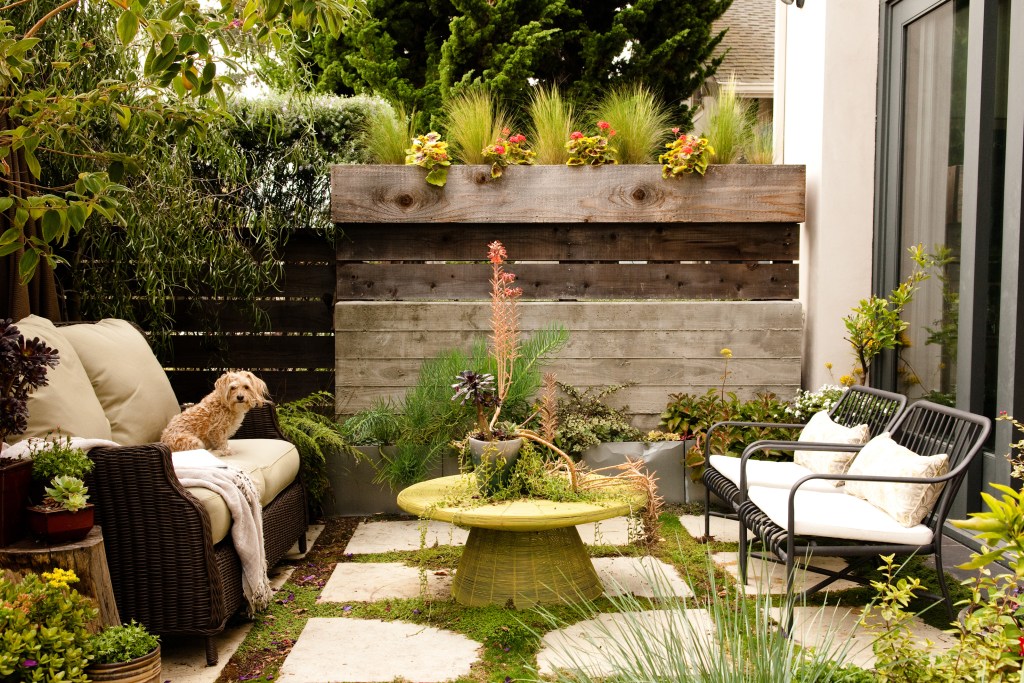Home improvement projects have been on the rise. After more than a year into the global pandemic, plenty of homeowners are still demanding more living spaces. Many have decided to maximize their outdoor areas for expansion.
Lockdowns and shelter-in-place measures continue to ease thanks to the promise of a vaccine rollout. But the post-pandemic world is still expected to reshape daily operations. Work-from-home arrangements and online schooling will persist even after the pandemic has come to pass.
Utilizing outdoor spaces to increase living space is a great idea, especially if your property is big enough. This has been a rising trend throughout the duration of the global pandemic. Before starting on this project, however, there’s one vital step to consider: land grading.
Keep It Level
There are certain outdoor projects that serve to improve a property’s curb appeal, such as concrete lifting. While mostly done for aesthetics, these projects also prove to have benefits of their own. For instance, it can maintain or even increase a home’s market value.
On the other hand, there are projects that absolutely need to be done in order to guarantee a property’s structural integrity and maintenance. This is where land grading comes into play, especially for lots that are located in sloped areas.
Land grading is the process of significantly reshaping the surface of a property’s land. There are plenty of reasons why a homeowner would want to level their land. Usually, it depends on how they plan to utilize a particular area. Here are the most common reasons to regrade land.
Durable Structures
Homeowners who feel that their house is starting to get a little too cramped will typically opt to create a new structure around their outdoor area. This can be a patio, a deck, a fence, or a small shack. It’s important for homeowners to regrade the land before starting their build to ensure that the additional structure will have a solid foundation.
Better Gardens
Countless homeowners tried their hand at gardening as a way of coping with the global pandemic. Land grading can also prepare the land around a property for landscaping or hardscaping. It prevents significant levels of soil erosion, which steals valuable nutrients away from the yard. As a result, this could cause plants to wither and lead to unusual slopes that will make the land unsuitable for gardening.
Drainage Solutions
Aside from the current pandemic, the realities of the climate crisis also ravaged residents in the past year. Heavy amounts of rainfall, in particular, submerged communities causing millions in damages. For those in high-risk flood zones, land grading will greatly improve a property’s drainage. More than that, it will also prevent water from seeping into a home’s foundation, which could lead to major problems like mold.
A Guide to the Costs
Land grading usually requires the help of professionals with heavy equipment. It’s not advisable for homeowners to make it a DIY project. The national average cost for land grading is priced at around $1,946, with a typical range between $973 and $2,968.
Of course, there are other factors that can impact the cost of land grading. For homeowners looking to make accurate estimates for their contractors, consider some of these important elements.
Size and Accessibility
Bigger properties will definitely lead to more expensive land grading services. This is because heavier equipment and more labor will be needed to level the entire lot. Contractors can charge around $40 to $180 an hour for labor costs. Additionally, they also charge per cubic yard ranging from $50 to $200.
Accessibility is also an important aspect since heavy equipment will need to have easy points of entry and exit into a particular site. If there are limiting factors, like existing structures, that need to be worked around, the cost will most likely increase.
Project Obstructions
The type of terrain that’s going to be leveled will also affect the cost of land grading. The fewer the obstacles during the grading procedure, the more cost-effective it’ll be. Labor costs will definitely go up if a site is full of boulders and trees since it requires more equipment and longer work hours.
For rocky terrain, expect to pay somewhere between $40 to $100 per cubic yard, which can amount to an additional $200 to $1,200 for the project. Expansive properties hoping to remove trees will cost $1,000 to $6,000 more per acre depending on the number and maturity of trees.
Authorization
Securing a grading permit is necessary for land grading projects. While it should be fairly easy to acquire, this permit can cost anywhere between $100 and $1,000. The price depends on the location of the property, the scope of the project, and the type of reshaping being done to the land.
Worth the Upgrade
There are extensive costs to consider when it comes to land grading. However, it can be a worthwhile investment for any property. Aside from ensuring the integrity and maintenance of the land, it’s also expected to drastically increase curb appeal. This can lead to a 20% increase in a home’s value, which is an improvement that’s sure to pay off.




